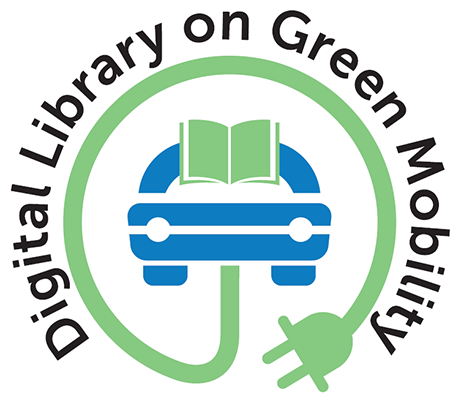Mid- and Long-Term Strategy Based on Electric Vehicle Charging Unpredictability and Ownership Estimation
Publication Year: 2022
Author(s): Goh HH, Zong L, Zhang D, Liu H, Dai W, Lim CS, Kurniawan TA, Teo KTK, Goh KC
Abstract:
Predicting the charging load of electric vehicles (EVs) is critical for the safe and reliable operation of the distribution network. Analyzing an EV's random charging characteristics and the uncertainty associated with its development scale is vital to predict its charging load accurately. For this reason, the authors proposed a seminal method for predicting EV charging load based on stochastic uncertainty analysis. This included a probabilistic load model for describing the stochastic characteristics of the EV charging but also an ownership forecasting model for estimating the EV development scale. EVs are classified into four categories based on their intended use: electric buses, electric taxis, private EVs, and official EVs. The corresponding load calculation model was developed by analyzing the charging behavior of various EVs. Simultaneously, the improved grey model method (IGMM) based on the Fourier residual correction is used to forecast EV ownership accurately. Finally, the scientific method of Monte Carlo simulation (MCS) was used to estimate the charging load demand of EVs. This method was used in Wuhan, which has a lot of potential for EV production. Compared to the basic grey model method (BGMM), the IGMM outlined in this work can triple the prediction effect. Due to the large-scale charging of EVs, Wuhan's maximum daily total load would rise to 15,532.9 MW on working days and 15,475.5 MW on rest days in 2025. Additionally, the total load curves on working days and rest days will show a new peak load with the value of 14751.3 MW and 14787.2 MW at 14:01, resulting in an increase of 13.56% and 13.83%, respectively, in the basic daily load stage. As a result, it is necessary for grid operators to build adequate capacity to meet EV charging demands while developing rational and orderly charging strategies to avoid the emergence of new load peaks.
Source of Publication: International Journal of Electrical Power and Energy Systems
Vol/Issue: 142, 108240
DOI No.: 10.1016/j.ijepes.2022.108240
Publisher/Organisation: Elsevier Ltd.
Rights: Elsevier Ltd.
URL:
https://www.sciencedirect.com/science/article/abs/pii/S0142061522002691
Theme: Charging Infrastructure | Subtheme: Electric bus charging
Related Documents
Reports
Reducing EV Charging Infrastructure Costs
Published Year: 2019
Abstract:
RMI’s report Reducing EV Charging Infrastructure Costs finds that the electric vehicle (... Read More
Reports
Seattle City Light
Published Year: 2019
Abstract:
Rocky Mountain Institute worked with Seattle City Light to develop the first comprehensive tra... Read More
Reports
Charging India’s Bus Transport
Published Year: 2019
Abstract:
In recent times, State Road Transport Undertakings (SRTUs) in major Indian cities are contempl... Read More



